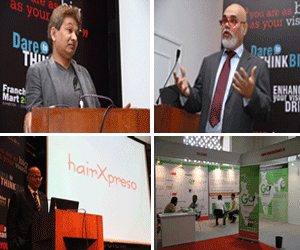 After running into roadblocks on the Central Secretariat-Kashmere Gate Metro corridor, which passes several protected monuments, the Delhi Metro is looking at European countries for tips on how to deal with construction work near heritage structures.
After running into roadblocks on the Central Secretariat-Kashmere Gate Metro corridor, which passes several protected monuments, the Delhi Metro is looking at European countries for tips on how to deal with construction work near heritage structures.
In a recent meeting, the Delhi Metro asked one of its design consultants, a Spain-based firm, to study the Metro systems that run close to heritage sites in Europe and compile information on the technology used to avoid any negative impact of vibrations during construction and operation.
The company, which is developing the detailed design of the Mukundpur-Yamuna Vihar/Shiv Vihar corridor, has been asked to study the European Metro lines as it has been involved in some such projects.
Once this line comes through successfully, the technology and methodology used will be cited as an example for other Metro lines proposed near heritage structures across the country,” a senior Metro official said.
The Delhi Metro has also asked contractors working on this corridor to use equipment, which cause the least vibrations during construction. DMRC is also considering a proposal to lay a cushion underneath Metro tracks to absorb trains’ vibrations.
Meanwhile, National Monument Authority (NMA), in a meeting held on Monday, has decided to constitute a committee of heritage experts and engineers to study the impact of this upcoming corridor.
Delhi Gate, Khooni Darwaza and Kashmere Gate have been identified as sensitive areas where the Metro will run through the restricted zone (300 metres from the monument).
NMA member secretary Pravin Srivastava said, “We are setting up a team comprising members from NMA, Archaeological Survey of India, Delhi Metro and some independent experts. This team will further look into the impact of the upcoming corridor and examine all aspects of the line.
Contributed by wwd.com






























 +91 9909960054
+91 9909960054
Pingback: Jyotish